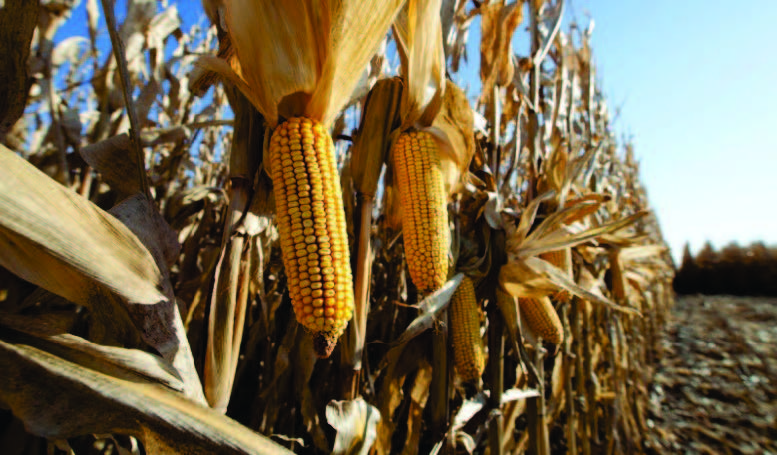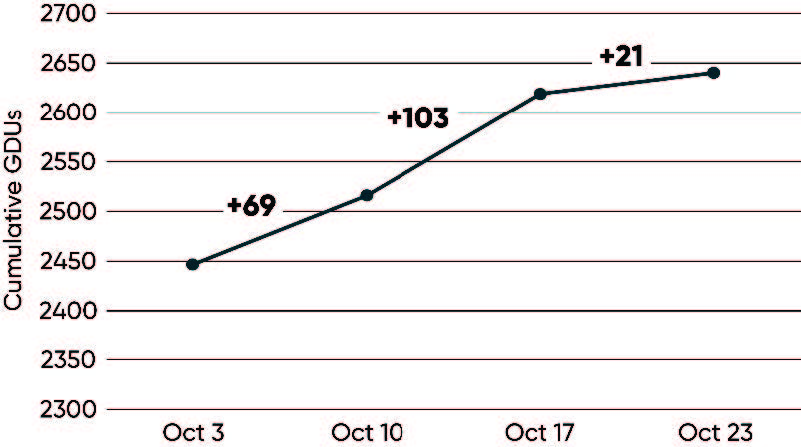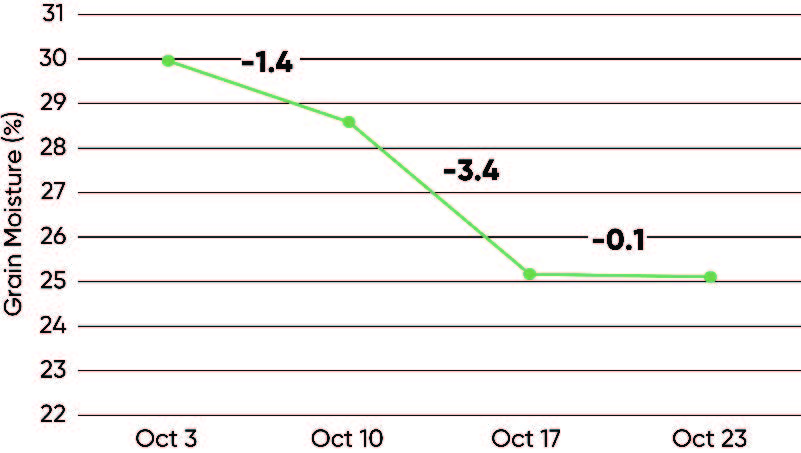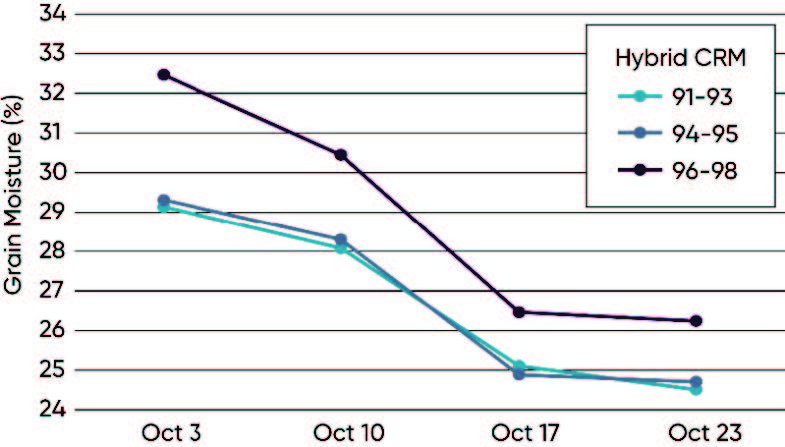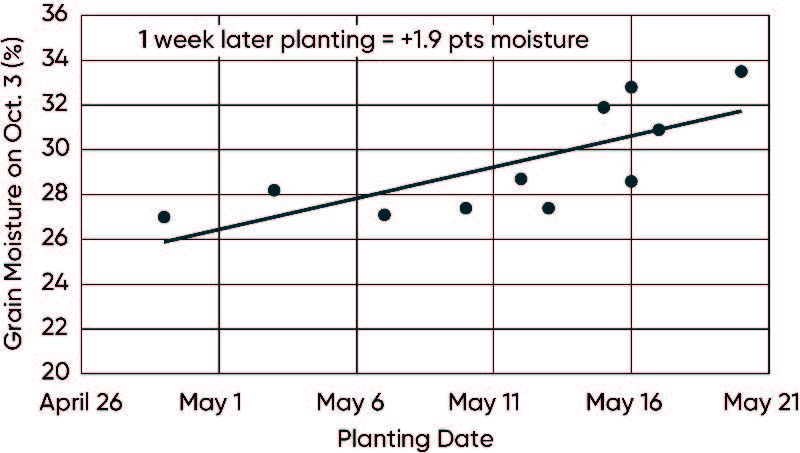Hermans, P., and C. Olbach. 2021. Corn maturity and dry down in Ontario. Pioneer Agronomy Research Update. Vol. 11 No. 1.
Thank you to the following Pioneer Sales Agents for their participation in this study:
Martin Besner, Carleton Farm Seed Ltd, Fife Agronomics Ltd, Leeder AgriservicesInc, RumkeAgricultural Services, Rebecca Spuehler, SerAgriInc, and Charles Wert Ag Products Inc.
Authors:
Liam Bracken, Paul Hermans, Tuesday Kristiansen, and Mark Jeschke
December 2021
The foregoing is provided for informational use only. Please contact your Pioneer sales professional for information and suggestions specific to your operation. 2021 data are based on average of all comparisons made in 11 locations through October 23, 2021. Multi-year and multi-location is a better predictor of future performance. Do not use these or any other data from a limited number of trials as a significant factor in product selection. Product responses are variable and subject to a variety of environmental, disease, and pest pressures. Individual results may vary. RU211221








